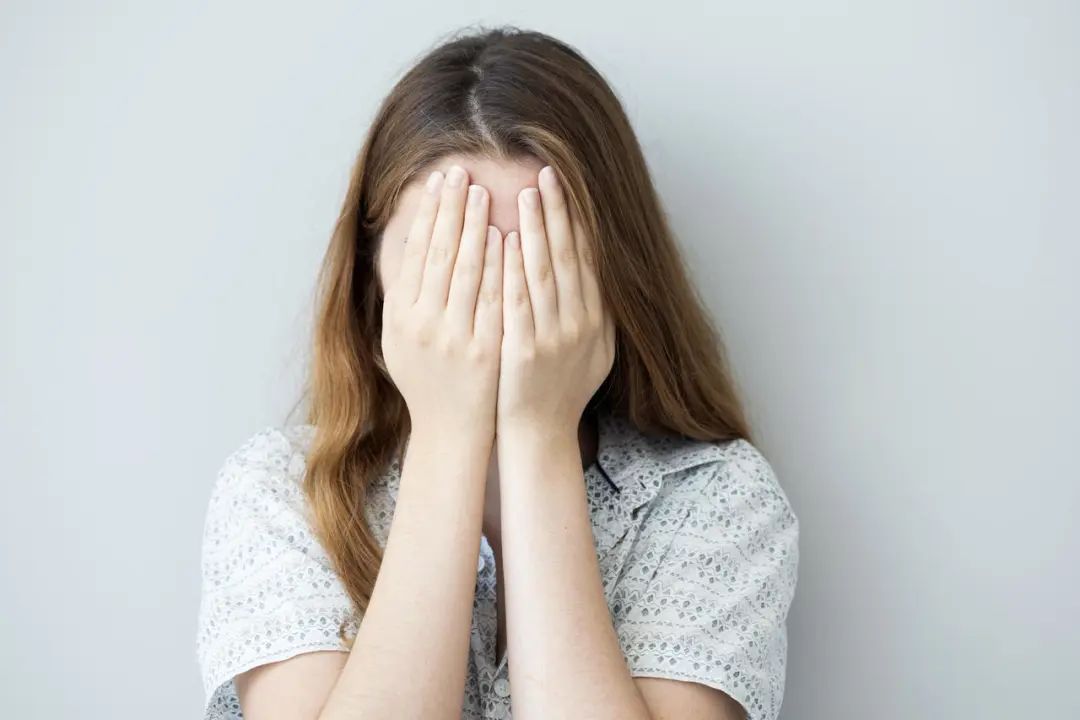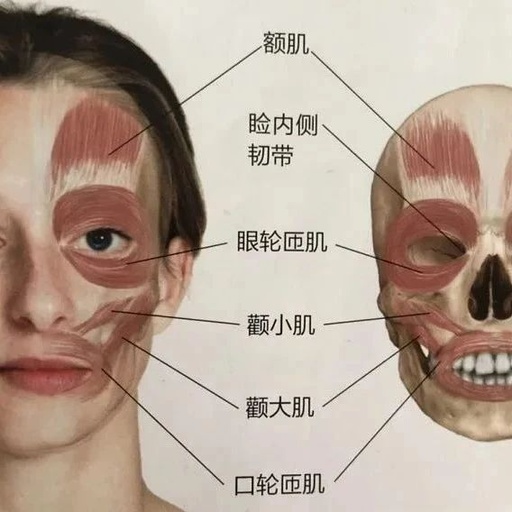Acupuncture for Managing Facial Muscle Spasms
1. What are Facial Muscle Spasms:
Facial muscle spasms refer to recurrent, involuntary contractions of the facial muscles (orbicularis oculi, facial muscles, orbicularis oris) on one or both sides, which worsen during emotional excitement or stress. In severe cases, it can lead to difficulty in opening the eyes, facial asymmetry, and abnormal sounds in the ear. Although facial muscle spasms typically occur on one side, bilateral involvement is not uncommon. This condition, while not life-threatening, can significantly impact daily life and social interactions.

2. Modern Theories and Treatments
-
The neurovascular compression theory is the most classic etiology for primary facial muscle spasms.
-
Theories of abnormal excitation of the facial nerve nucleus and neurotransmitter exchange between blood vessels.
-
Classic peripheral and central theories.
-
The sympathetic theory and abnormal muscle reflex theory, among others.

Currently, Western medicine lacks specific and effective treatments for this condition, often resorting to sedatives, sleep aids, or phenytoin, along with high doses of vitamins. Severe cases may require alcohol or drug blocks, or facial nerve decompression surgery, which can lead to stiffness of the facial expression muscles, muscle paralysis, and subsequent atrophy, causing significant distress to patients. Post-surgical ineffectiveness, recurrence of the condition, and complications such as facial paralysis and hearing impairment also pose challenges for both physicians and patients.
3. TCM Etiology and Pathogenesis
Traditional Chinese Medicine (TCM) believes that this condition arises from the invasion of wind-cold evil, obstructing the meridians and impeding the flow of qi and blood. It may also be due to insufficient righteous qi, or deficiency of qi and blood leading to inadequate nourishment of the facial muscles, or depletion of liver and kidney yin, resulting in hyperactivity of yang, where water fails to nourish wood, and floating yang does not descend. Over time, this leads to the consumption of nourishing blood, insufficient liver blood, and depletion of yin fluids, which fail to nourish the meridians, resulting in internal wind movement, causing the condition to manifest as yang becoming more floating and yin becoming more deficient, ultimately leading to the disease.The external cause is mainly related to the obstruction of the meridians by evil wind, while the internal causes are associated with liver wind, phlegm, stagnation, deficiency of liver and kidney yin, and deficiency of qi and blood leading to inadequate nourishment of the muscles. The syndromes can generally be categorized into wind-cold obstructing the meridians, liver and kidney yin deficiency, liver qi stagnation, internal wind movement, phlegm obstructing the meridians, and qi and blood deficiency.
In summary, the understanding of etiology and pathogenesis primarily focuses on liver wind, with the root cause being deficiency of righteous qi, while wind, phlegm, and stasis are the manifestations, and the pathogenesis is a mixture of deficiency and excess.
4. Acupuncture Treatment for Facial Muscle Spasms
Clinically, treatment focuses on calming the liver and extinguishing wind, dispelling wind and unblocking the meridians, tonifying qi and nourishing blood, nourishing the kidney and softening the liver, and strengthening the spleen to resolve phlegm. Therefore, the above acupuncture points are selected to nourish the blood, unblock the meridians, enhance the calming of the liver and extinguishing of wind, regulate qi and invigorate blood, and relieve spasms. Additionally, combining symptom differentiation with treatment modifications can yield good results. It is particularly important to ensure that the acupuncture technique directs qi to the affected area, as effective treatment requires qi to reach the face. Furthermore, attention should be paid to avoiding wind and cold, preventing fatigue, regulating emotions, and avoiding spicy foods.
Acupuncture treatment can promote blood circulation in the face, eliminate certain sources of irritation, and align acupuncture signals with some abnormal incoming signals, thereby reducing the transmission of abnormal signals and alleviating the state of abnormal excitation of the facial nerve, leading to relief or even elimination of facial muscle spasms.
1. Miao Needling Method: Meng Rui treated 30 cases of facial muscle spasms using the Miao needling method. For orbicularis oculi spasms, points on the healthy side such as Cuanzhu (Zan Zhu), Tongziliao (Tong Zi Liao), and Yuwai (Yu Wai) were selected, while for cheek and orbicularis oris spasms, points on the healthy side such as Qiangliao (Qiang Liao), Dicang (Di Cang), and Yingxiang (Ying Xiang) were used. After obtaining qi, no reinforcing or reducing techniques were applied. Results: 13 cases were clinically cured, 12 cases showed significant improvement, 1 case was effective, with a total effective rate of 86.67%.
2. Ju Needling Method: A study used the Ju needling method to treat 47 cases of facial muscle spasms, with main points on the healthy side including Dicang (Di Cang), Qiangliao (Qiang Liao), Xiaguan (Xia Guan), Taichong (Tai Chong), and Hegu (He Gu), and supplementary points on the healthy side including Fengchi (Feng Chi), Hegu (He Gu), Qihai (Qi Hai), and Shenxu (Shen Xu). After needling, a twisting technique was applied. Results: 35 cases showed significant improvement, 11 cases were effective, with a total effective rate of 97.9%, effectively promoting the recovery of facial nerve function and inhibiting the occurrence of spasms.
3. Embedded Needle Method: 60 cases of facial muscle spasms were treated using the Qingling pressing needle combined with Shaoyao (Paeonia) and Gancao (Licorice) decoction. Points were selected in the upper jiao, liver, heart, kidney, and spleen areas on both sides, and the pressing needle was disinfected and embedded. Pressing was performed 3-4 times daily for about 1 minute each time, and the pressing needle was removed after 24 hours. Results: 32 cases showed significant improvement, 24 cases were effective, with a total effective rate of 86.67%.
4. Acupuncture Combined with Moxibustion: 30 cases of facial muscle spasms were treated using Leihuo moxibustion combined with acupuncture. Points selected included Ah Shi, Cuanzhu (Zan Zhu) (affected side), Sibai (Si Bai) (affected side), Qiangliao (Qiang Liao) (affected side), Dicang (Di Cang) (affected side), Fengchi (Feng Chi) (bilateral), Hegu (He Gu) (bilateral), and Taichong (Tai Chong) (bilateral). Moxibustion was first applied to each point for 7 moxa sticks, followed by routine acupuncture, using a balancing technique after obtaining qi, while moxibustion was applied 2-3 cm above the forehead until the skin turned slightly red. Results: 7 cases were cured, 8 cases showed significant improvement, 12 cases were effective, with a total effective rate of 90%.

